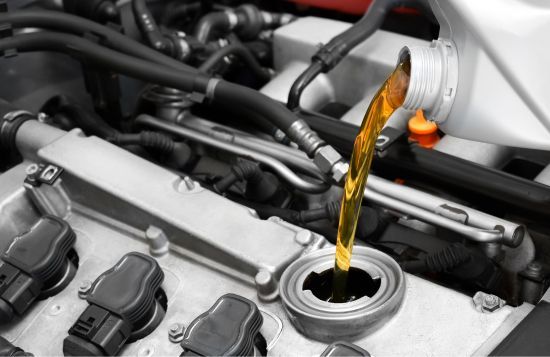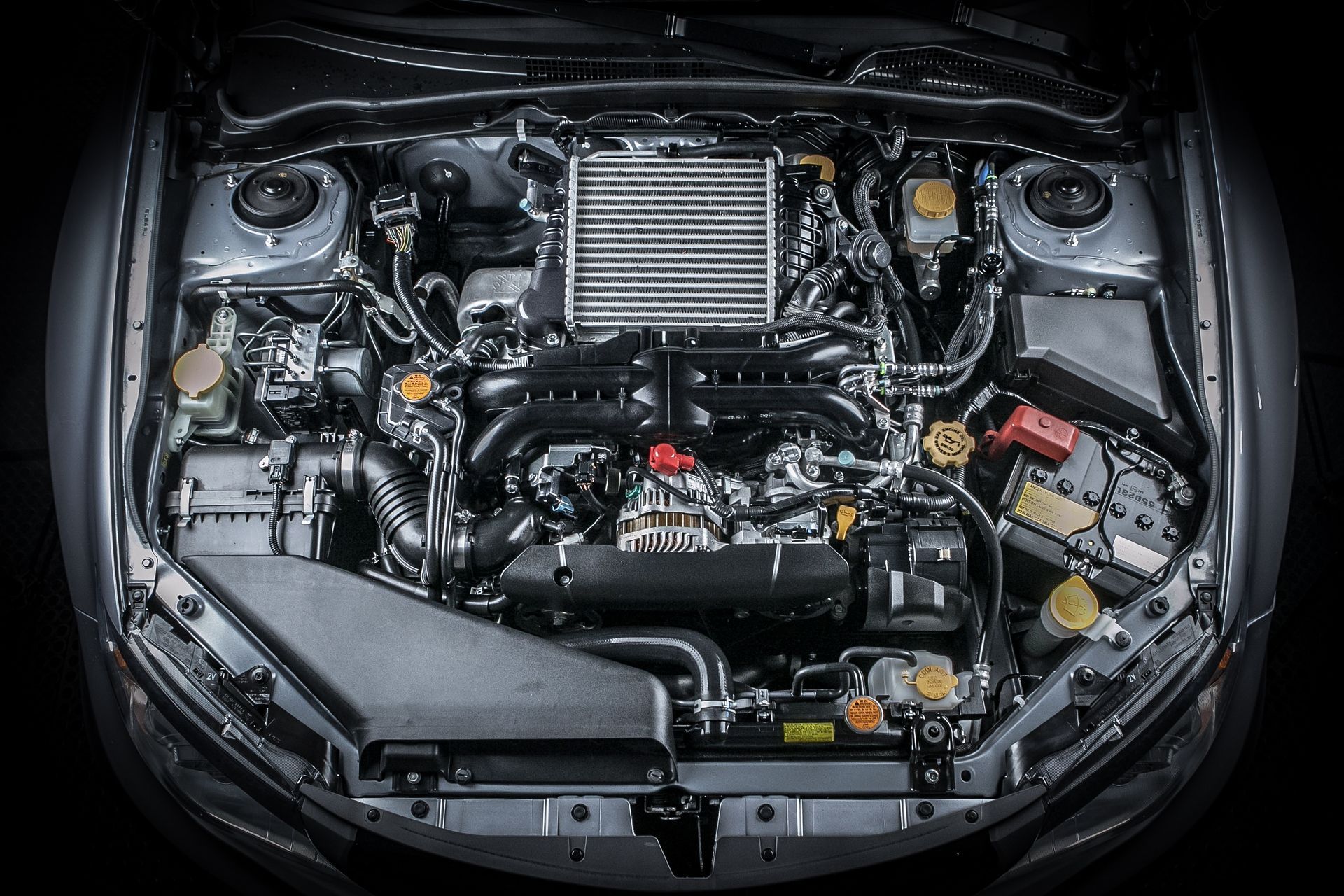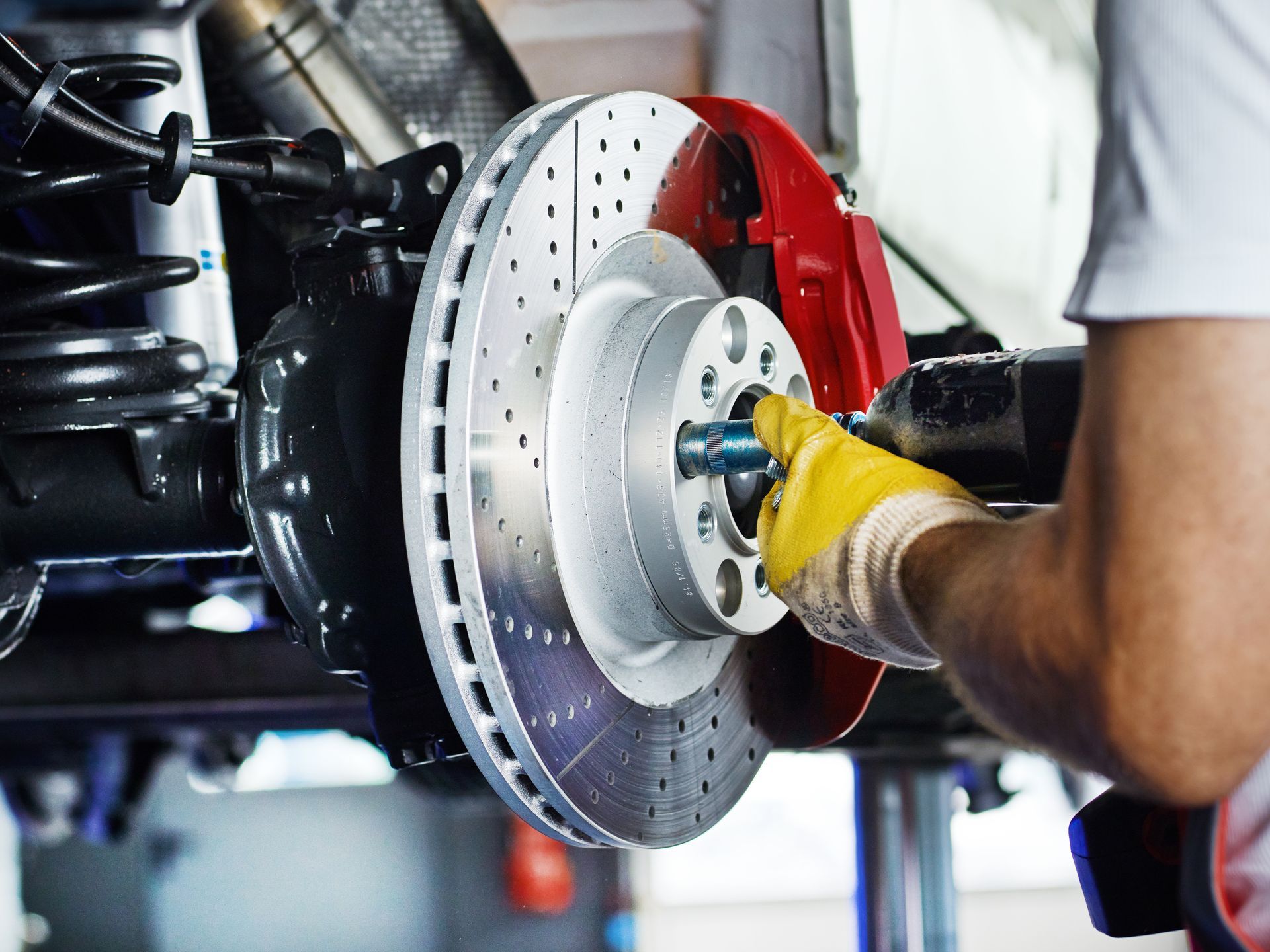My Garage
You do not have My Garage enabled.
Section under maintenance.
Loading ...
Missing business hours data / Error occurred while getting the data.
SCHEDULE AN APPOINTMENT
You do not have My Garage enabled.
Section under maintenance.
★
★
★
★
★
Review
MY GARAGE
You do not have My Garage enabled.
Section under maintenance.
Loading ...
Missing business hours data / Error occurred while getting the data.
SCHEDULE AN APPOINTMENT
You do not have My Garage enabled.
Section under maintenance.
Blog
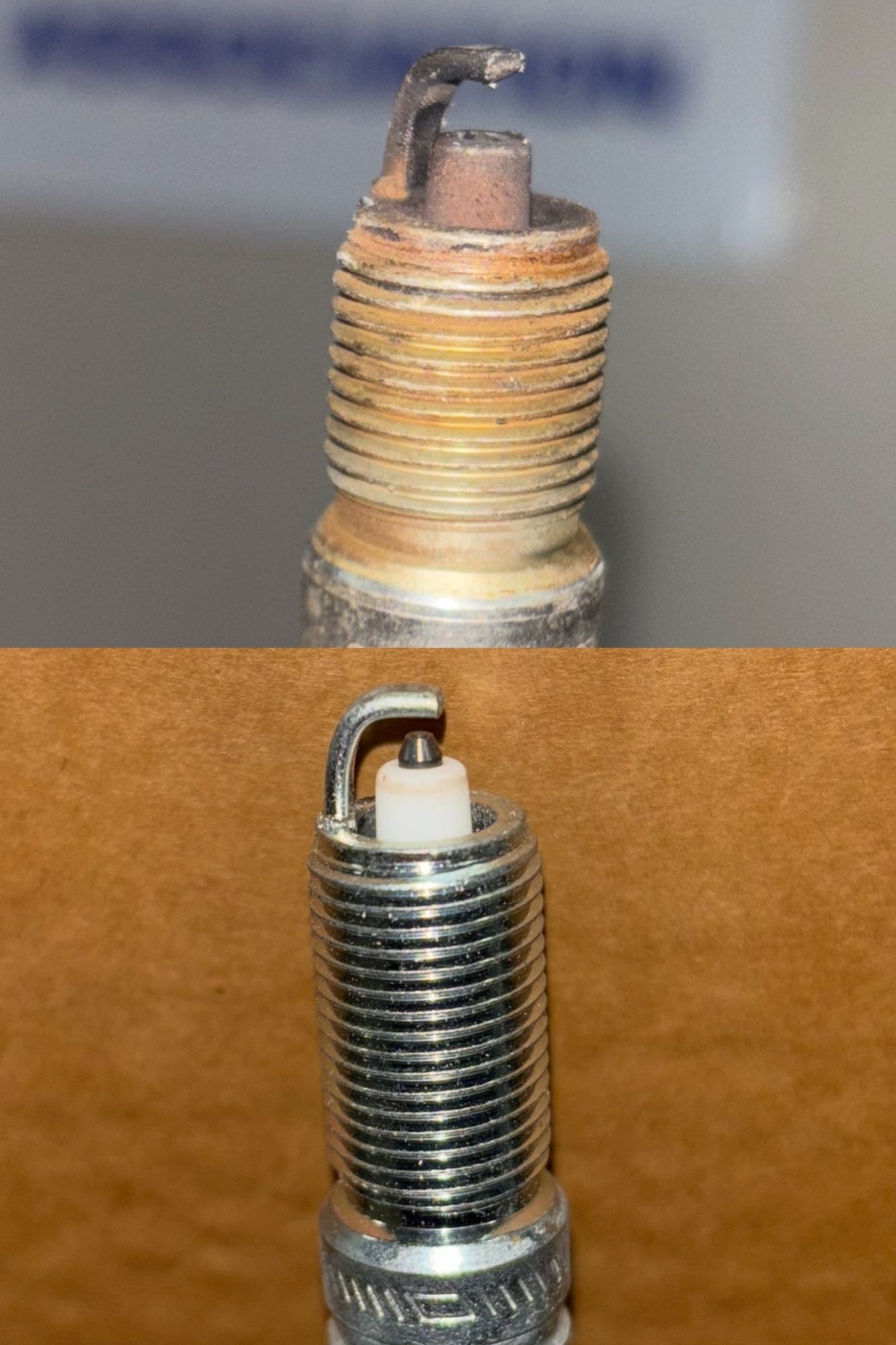
By trcautomotiverepair
•
April 1, 2025
The Importance of Spark Plugs: What You Need to Know Spark plugs are a small but a very important component in your vehicle’s engine. They ignite the air-fuel mixture inside the engine, which allows it to run smoothly. If your spark plugs are worn out, it can lead to poor engine performance, decreased fuel efficiency. Why Spark Plugs Matter: Fuel Efficiency - Well functioning spark plugs help your engine burn fuel efficiently, improving gas mileage. Engine Performance - Spark plugs make sure there is smooth acceleration and proper engine function. Emissions - Faulty spark plugs can increase harmful emissions, affecting both the environment and your car's performance. Signs You Need New Spark Plugs: Rough idling or engine misfires Decreased Fuel Efficiency Having a hard time starting your vehicle Poor Acceleration or sluggish performance When to Replace Spark Plugs: Spark plugs typically last between 30,000 to 100,000 miles, depending on your car’s year, make and model. Check your owner’s manual for the recommendation times to replace your spark plugs. If you notice any of the signs above, it’s time to replace your spark plugs. At TRC Automotive Repair, we can help you make sure your spark plugs are in top condition for a smooth ride. Schedule an appointment today!
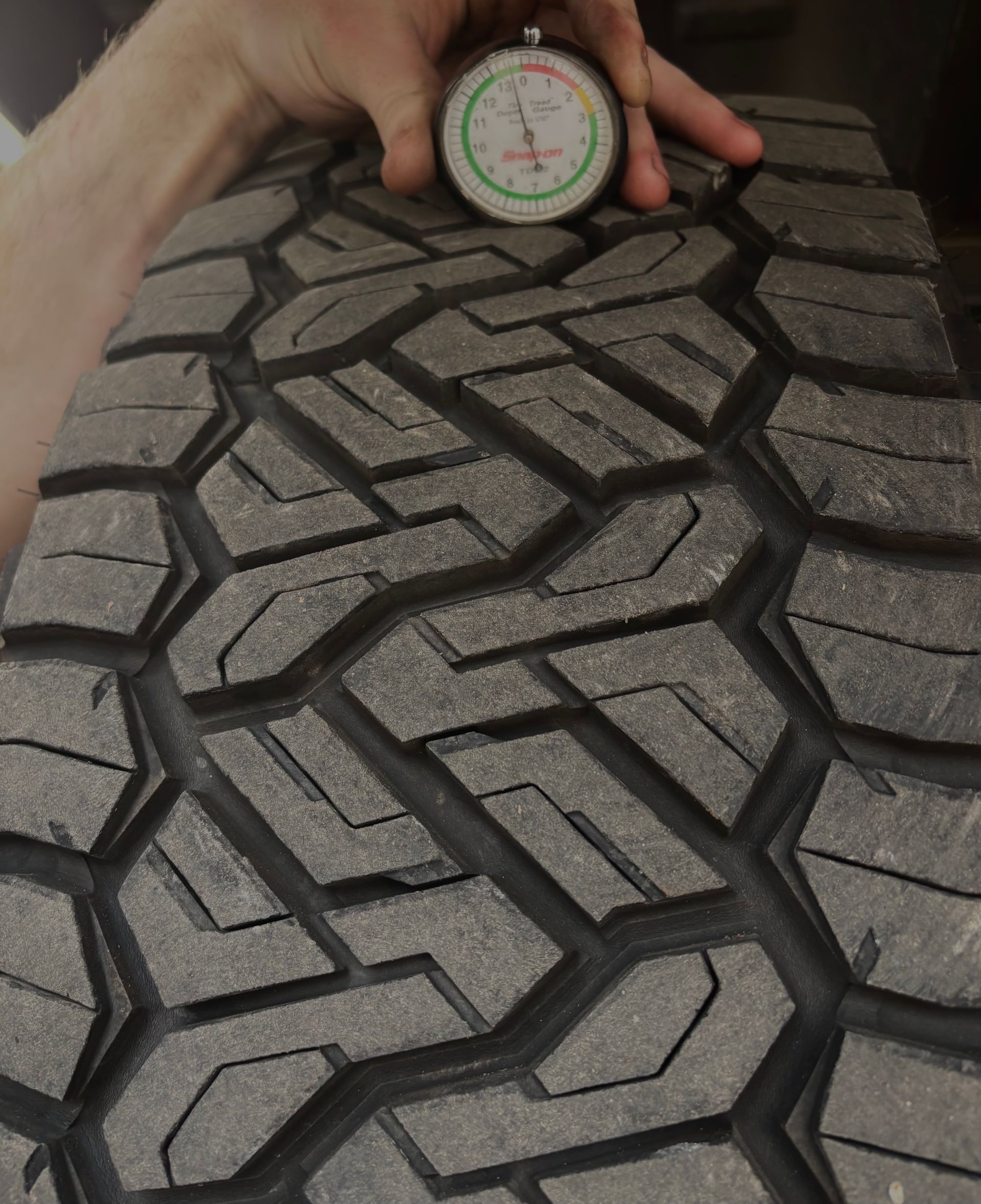
By trcautomotiverepair
•
March 17, 2025
Road Trip Checklist Hitting the road for a road trip is one of life's great joys, but before you get on the road, it’s important to ensure your car is in top shape for the trip. Whether you’re heading out on a weekend getaway or a cross-country adventure, a little pre-trip preparation can save you from unexpected issues and expensive repairs on the road. Here’s a checklist to make sure your vehicle is road-trip ready!

By trcautomotiverepair
•
March 6, 2025
Your air filter is one of those small yet incredibly important parts that can have a big effect on your car’s overall health. Air Filters may not get the spotlight like your engine or brakes, but making sure it is clean is essential for keeping your car running well. Let’s talk about how often you should replace your air filter, and why it matters? What is an air filter and why is it an important part of your car? The air filter makes sure your engine gets clean air in it. It prevents dust, dirt, debris, and other particles from getting into your engine, where they can cause damage or cause issues with the performance of the engine. Getting clean air to the engine is important. Our technicians at TRC Automotive Repair can definitely take a look at your air filter for you. How often should you replace it? It depends on a few different things, like the make and model of the vehicle, how you drive and the environment you drive your vehicle in. Typically it is recommended to change the air filter every 15,000 - 20,000 miles or at least once a year. But it is better to look at your car’s owner manual for specific directions. Living in certain conditions may require you to change the air filter a little bit more often: Dusty or polluted environments: If you drive in areas with super dusty or polluted air, your air filter is going to get dirty quicker and will need to be changed out more often. City Driving: Shorter trips with a lot of stop-and-go traffic can cause your engine filter to become clogged quicker, because your engine is revving at a lower speed and is exposed to more debris. Extreme use of Air Conditioning or Heat: Using your A/C more often in polluted areas can cause the air filter to clog up quicker. Signs your Air Filter needs to be replaced: While car dealers recommend replacing the air filter at a certain mileage, there are also clear signs that it needs to be changed, such as: Reduced Engine Performance: If you notice a stall in your engine, especially whenever you are accelerating, it may be because your air filter is clogged and there is poor airflow getting to the engine. Poor Fuel Efficiency: When the air filter is dirty it will cause the engine to work harder to get the air it needs to work properly. That can cause higher fuel consumption. If suddenly you are filling up your gas tank more often, it may be time to change your air filter. Unusual Engine Sounds: If your engine is not getting the proper amount of air, it can start to sound rough or start to misfire. This is a sign of the engine not getting air due to a clogged air filter. Check Engine Light: Sometimes, a clogged air filter can cause your check engine light to turn on. It may be a list of different issues but you should always keep your Air Filter in mind. Visible dirt or damage – If the air filter looks dirty, damaged, or torn, it’s time for a replacement. Replacing your air filter regularly is an easy and cheap way to keep your car running well, save fuel, and prevent bigger engine problems later. Let our technicians take care of that for you at TRC Automotive Repair in Belmont, NC.
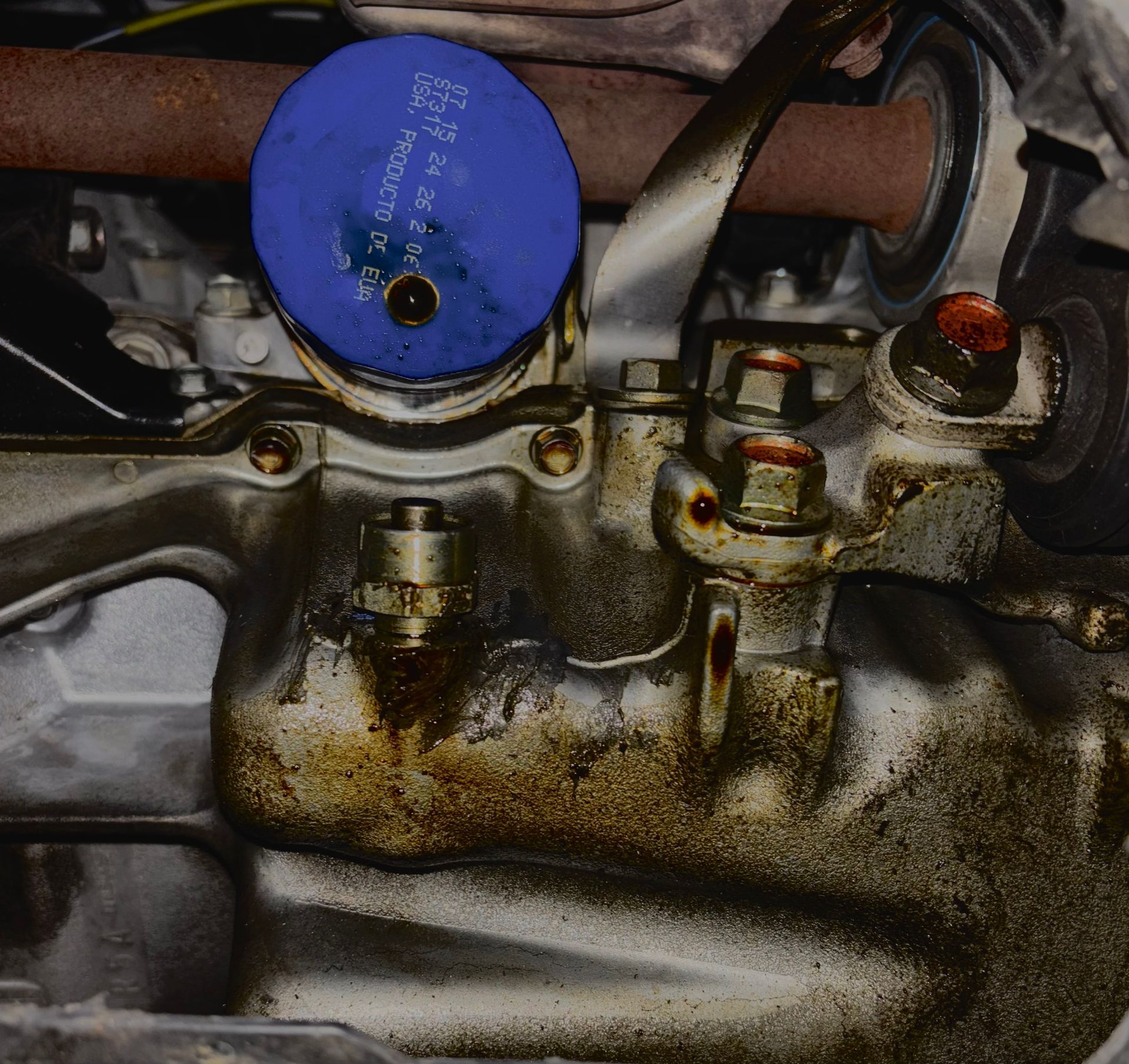
By trcautomotiverepair
•
March 3, 2025
Car leaks can be a headache for any car owner, and many times they’re a sign of a bigger problem. Whether it’s a small spot or a noticeable drip, leaks should never be ignored. In this post, we’ll dive into the most common types of car leaks, how to identify them , and what you should do about them to keep your vehicle running properly. Types of Car Leaks Cars can leak a variety of fluids, and each type has its own cause and solution. Here’s some of the most common leaks you may encounter: 1. Engine Oil Leaks What It Looks Like: Dark, brown or black liquid spots under your car. It may be thick and sticky. Engine Oil leaks can range in size from a small leak the size of a quarter up to the size of a softball. Oil leaks often appear near the engine or under the car’s front. Possible Causes: Worn-out, damaged or old gaskets and seals. Loose or damaged oil drain plug or oil filter . Cracked or damaged oil pan . What To Do: If you notice oil leaking, it's important to address it immediately, as running a car with low oil can cause serious damage to the engine. Step 1: Check your oil level. If low, top it off and monitor for any more leaks. Step 2: Bring your car to TRC Auto Repair for a thorough inspection. We will determine what is needed to fix your car. Step 3: Your vehicle might need to have gaskets, seals, or oil pan components replaced. 2. Coolant Leaks What It Looks Like: Coolant comes in many colors; green, orange, yellow, blue, red or pink fluid. Every manufacturer uses a different type nowadays. Coolant will have a sweet smell. Leaks may appear near the radiator , thermostat , hoses , or water pump . Possible Causes: Cracked or broken radiators occur many times as vehicles get older. Worn-out hoses, their connections, or temperature sensors can also cause coolant leaks. Water pumps and/or thermostats are wearable items and will eventually leak as they begin to fail. What To Do: Step 1: If coolant is leaking, it can cause your engine to overheat, so don’t drive the car if the coolant level is low. Step 2: Check your coolant reservoir. If it’s empty, fill it with the appropriate coolant fluid. Step 3: Schedule a repair with us. A local ASE technician in Belmont NC will check for leaks, replace damaged components, and ensure your cooling system is functioning properly. 3. Brake Fluid Leaks What It Looks Like: Brake fluid is a clear, golden or light brown liquid. Leaks often are seen near the or on the tires, located near the brake components. A brake fluid leak can cause a spongy or soft brake pedal , reducing braking efficiency. Many times if you have a brake fluid leak you will have a brake light on the dash, or the ABS light will come on. Possible Causes: Damaged brake lines or faulty brake calipers can cause a leak. As cars age the master cylinder or brake booster can develop leaks Wheel cylinders were used on older cars and trucks and can leak as their seals get older. What To Do: Step 1: If you notice a brake fluid leak, do not drive the car, as you could lose braking ability. Step 2: Check the brake fluid levels. If it is low, refill with the appropriate brake fluid (check your owner’s manual for the right type). Step 3: Get your brake system inspected immediately. A certified mechanic will check for any damaged brake lines, leaks in the master cylinder, or worn seals and components. 4. Power Steering Fluid Leaks What It Looks Like: Power steering fluid is red or pink colored fluid. This fluid is thick and oily in texture. Usually if you see any power steering fluid leaks, they would be under the front of your vehicle or near your power steering fluid reservoir. Possible Causes: Worn-out seals or hoses in the power steering system can create power steering fluid leaks, which can make it harder to steer your vehicle. These parts wear out over time, which leads to fluid loss, and can affect your steering ability and eventually damage the power steering pump if not fixed. What To Do: Step 1: If you are having a hard time steering or you are hearing unusual noises, you could possibly have a power steering fluid leak. Step 2: Check your power steering fluid levels. If low, top it off with some power steering fluid, if you are unsure how to do that have one of our technicians do it for you at TRC Automotive. Step 3: Schedule an appointment with our technicians. If your power steering fluid continues to leak it can make it hard to steer. Which can cause bigger issues. 5. Transmission Fluid Leaks What It Looks Like: Transmission Fluid is dark red or brown colored fluid. This fluid has a slippery texture to it. Typically if you find a transmission fluid leak it is located under the middle area of your vehicle or near your transmission pan. Possible Causes: If you have worn out or damaged transmission seals or Gaskets, this may cause your transmission to leak fluid. When you have a cracked transmission pan or faulty cooler lines it may also be the reason why your transmission fluid may be leaking. What To Do: Step 1: Keep an eye on your transmission fluid level. If it is low then you might notice a hesitation when your gears are switching. If your fluid levels are low you may also notice your gears slipping or you may hear a grinding sound. Step 2: Driving your vehicle around with low transmission fluid can create irreversible damage to your transmission. This will create a more expensive repair later down the road. Step 3: You can bring your vehicle to TRC Automotive Repair in Belmont and one of our technicians can inspect your transmission, seals, and your gaskets to ensure that they are not damaged.
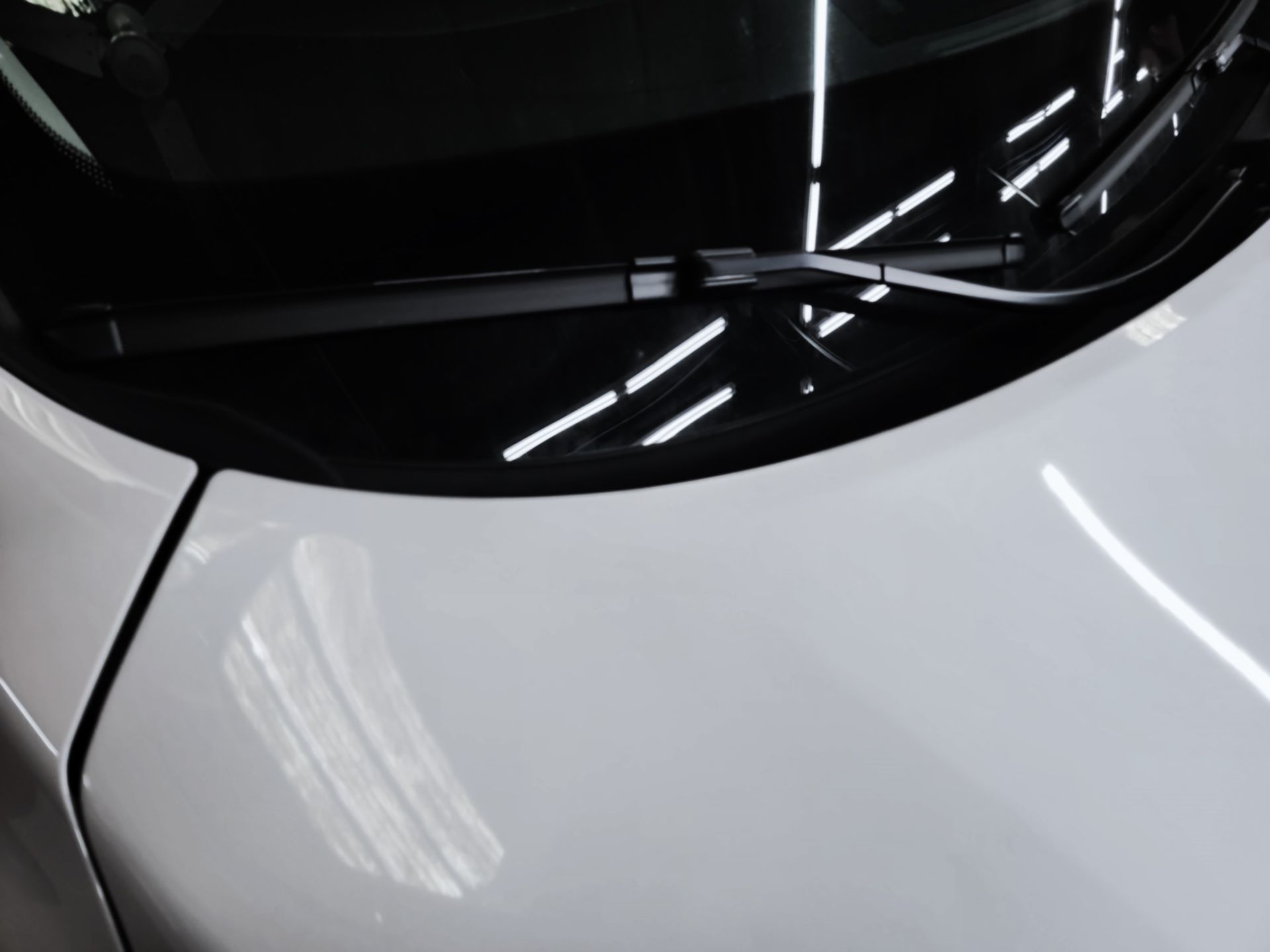
By trcautomotiverepair
•
January 13, 2025
Windshield wipers are typically made of a rubber blade attached to a metal or plastic arm. The rubber is designed to be replaced, as they can wear out or become cracked due to exposure to the sun and weather elements. In this blog we will briefly discuss about making your windshield wipers last.
Loading ...
Missing business hours data / Error occurred while getting the data.
Quick links:
New Paragraph
Loading ...
Missing nap lines data / Error occured while getting the data.


